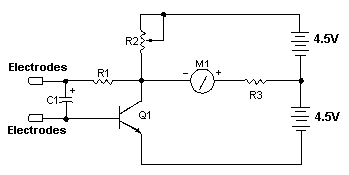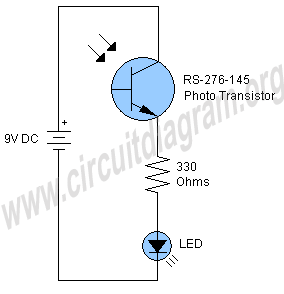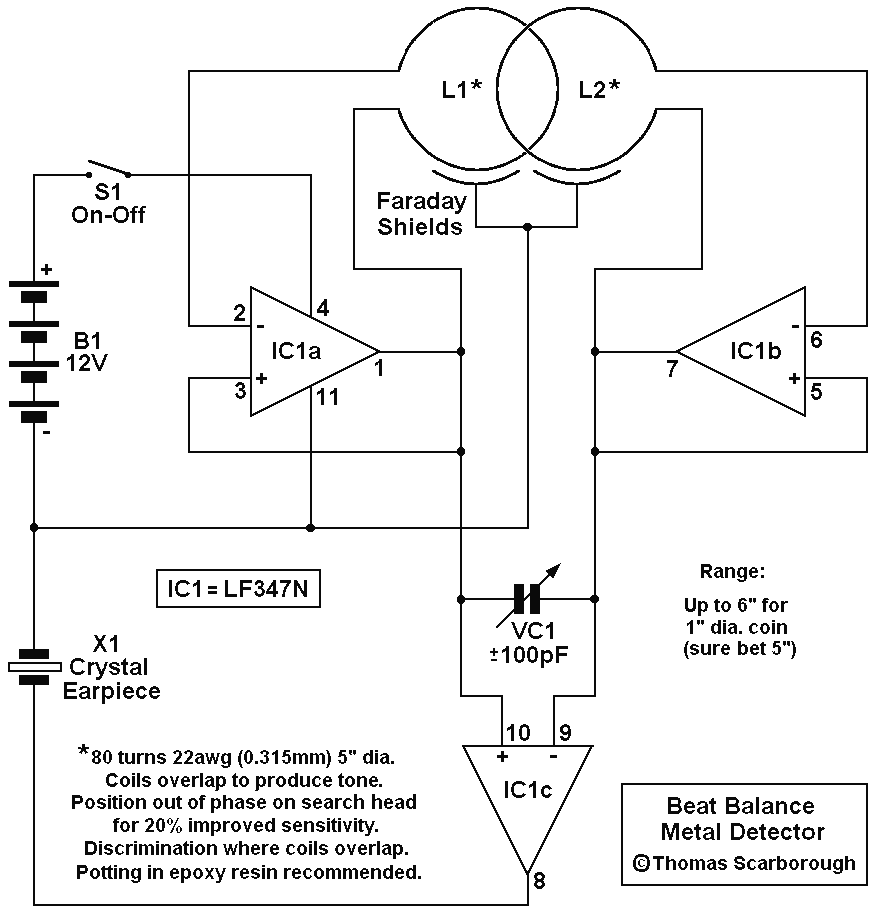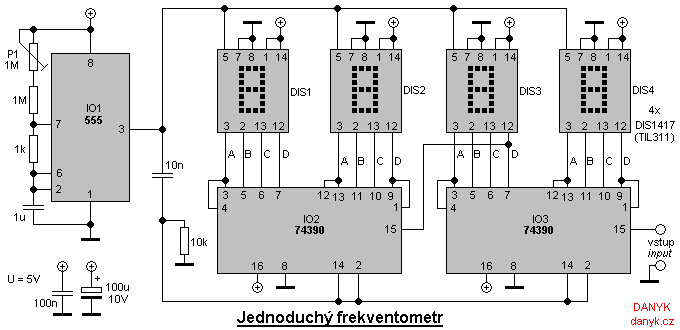
Simple Lie Detector

Here's a simple lie detector that can be built in a few minutes, but can be incredibly useful when you want to know if someone is really telling you the truth. It is not as sophisticated as the ones the professionals use, but it works. It works by measuring skin resistance, which goes down when you lie.
The described lie detector circuit operates on the principle of galvanic skin response (GSR), which is the change in electrical resistance of the skin due to emotional arousal. The basic components required for this circuit include a microcontroller or an op-amp, resistors, a power supply, and electrodes that will come into contact with the skin.
The circuit typically consists of a voltage divider configuration where the skin resistance is one part of the divider. When the electrodes are placed on the skin, they measure the resistance, which can vary based on the subject's physiological state. When a person is calm and truthful, their skin resistance is relatively high. Conversely, when they lie or experience stress, the skin resistance drops, which can be detected by the circuit.
To construct the circuit, connect the electrodes to the input of an operational amplifier configured as a differential amplifier. This setup will amplify the small changes in voltage corresponding to variations in skin resistance. The output of the op-amp can be fed into an analog-to-digital converter (ADC) if a microcontroller is used, allowing for digital processing and interpretation of the signals.
For visual feedback, an LED can be connected to indicate the results. The LED can light up or change color based on the threshold set in the microcontroller, which determines whether the measured resistance indicates truthfulness or deceit. Calibration of the circuit is essential to ensure accurate readings, which can be achieved by testing the device with known responses.
Overall, this simple lie detector circuit serves as an educational tool to understand the principles of biofeedback and physiological measurement, while also demonstrating the application of basic electronic components in creating an interactive device.Here`s a simple lie detector that can be built in a few minutes, but can be incredibly useful when you want to know if someone is really telling you the truth. It is not as sophisticated as the ones the professionals use, but it works. It works by measuring skin resistance, which goes down when you lie. 🔗 External reference
The described lie detector circuit operates on the principle of galvanic skin response (GSR), which is the change in electrical resistance of the skin due to emotional arousal. The basic components required for this circuit include a microcontroller or an op-amp, resistors, a power supply, and electrodes that will come into contact with the skin.
The circuit typically consists of a voltage divider configuration where the skin resistance is one part of the divider. When the electrodes are placed on the skin, they measure the resistance, which can vary based on the subject's physiological state. When a person is calm and truthful, their skin resistance is relatively high. Conversely, when they lie or experience stress, the skin resistance drops, which can be detected by the circuit.
To construct the circuit, connect the electrodes to the input of an operational amplifier configured as a differential amplifier. This setup will amplify the small changes in voltage corresponding to variations in skin resistance. The output of the op-amp can be fed into an analog-to-digital converter (ADC) if a microcontroller is used, allowing for digital processing and interpretation of the signals.
For visual feedback, an LED can be connected to indicate the results. The LED can light up or change color based on the threshold set in the microcontroller, which determines whether the measured resistance indicates truthfulness or deceit. Calibration of the circuit is essential to ensure accurate readings, which can be achieved by testing the device with known responses.
Overall, this simple lie detector circuit serves as an educational tool to understand the principles of biofeedback and physiological measurement, while also demonstrating the application of basic electronic components in creating an interactive device.Here`s a simple lie detector that can be built in a few minutes, but can be incredibly useful when you want to know if someone is really telling you the truth. It is not as sophisticated as the ones the professionals use, but it works. It works by measuring skin resistance, which goes down when you lie. 🔗 External reference





